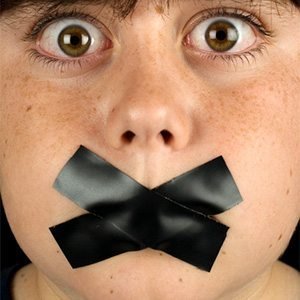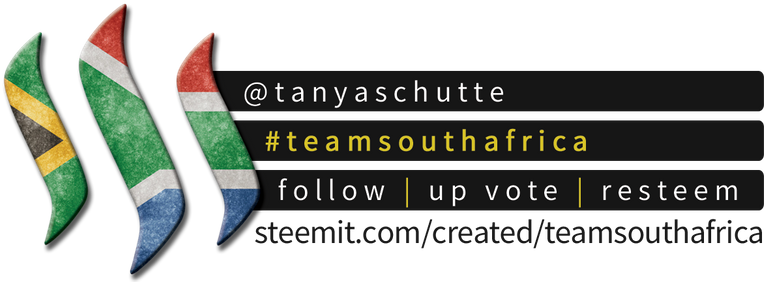As most off you know we have non-verbal and verbal cues.
Verbal ques
The verbal ques are the following:
- Tone and pitch in your voice.
- Stalling Techniques
- Using the wrong tense
- Using No in four different ways (Nooo, Quick no's, no with increase eyeblinks, machinegun nos
- Using but
- Changing words.
- Dropping tenses
- Using distancing language
But have you ever thought that there are people who are not able to identify non-verbal cues.
What are non-verbal cues?
Non-verbal ques are those that you don't use your mouth:
- Change in behavior
- Shoulder shrug with a definitive statement.
- Micro-expressions that don't fit within the situation.

Image Source
Now, here is the question:
What is non-verbal learning disability?
Non-verbal learning disability is characterized by a discrepancy between the higher verbal skills and the weaker motor, visual-spatial and social skills.
There are a variety of signs and symptoms that is used to identify non-verbal learning disability:
Signs and Symptoms
- They have trouble recognizing non-verbal cues like facial expressions or body language.
- They show poor psycho-motor coordination
2.1. Clumsiness
2.2. They seem to constantly getting in the way.
2.3. They bump into people and objects. - Using fine motor skills like tying shoes, writing and using scissors is a challenge to these individuals.
- These individuals needs to verbally label everything that happens in order to comprehend the circumstances, spatial orientation, directional concepts and coordination.
- They have a difficulty coping with changes in their routing and transitions.
- They have a difficulty generalizing with previously learned information.
- They struggle to follow multi-step instructions.
- When they make translations it tends to be literal.
- They tend to ask too many questions and it may appear to be repetitive and inappropriately interrupt the flow of a lesson.
- They may seem to be very competent due to their strong verbal skills.
How to accommodate learners with non-verbal learning disability in your classroom.
- Provide the learners with explicit instruction to pick up on social cues.
- Create daily routines and importantly stick to it.
- To assist the learners write the class schedule on the board.
- Before you transition from an activity have certain words that will assist the learner with transitioning.
- Assign a peer buddy to the learner, in such a way they will be able to help each other.
- Let these children choose where they want to sit.
- When you teach a lesson make sure you speak clearly and plainly. Don't speak to complicated.
- Teach them certain strategies to help and assist them within the social structures.
Just like all children these children are special but should be treated equally to others!
Resources:
- https://ldaamerica.org/types-of-learning-disabilities/non-verbal-learning-disabilities/
- https://www.businessblogshub.com/2010/11/detecting-deception/
- https://www.understood.org/en/school-learning/partnering-with-childs-school/instructional-strategies/at-a-glance-classroom-accommodations-for-nonverbal-learning-disabilities

Team South Africa banner designed by @bearone



Body signals do not lie
Wonderful publication you are a really successful person
Thank you for this post. Very informative.
Good ur work for Learning Non-Verbal Learning Disabilities,,, i like that so good luck my dear friend @tanyaschutte 👍
Keep it my friend😉